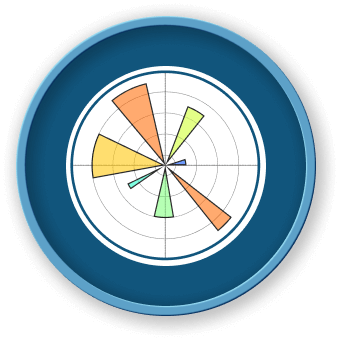Introduction
In this lab, you will learn how to use Matplotlib to create stackplots and streamgraphs. Stackplots are useful when you want to visualize multiple datasets as vertically stacked areas. Streamgraphs are a variation of stackplots where the baseline of the plot is not fixed at zero. Instead, the baseline is "wiggled" so that the areas of the plot are smoothed and flow into each other.
VM Tips
After the VM startup is done, click the top left corner to switch to the Notebook tab to access Jupyter Notebook for practice.
Sometimes, you may need to wait a few seconds for Jupyter Notebook to finish loading. The validation of operations cannot be automated because of limitations in Jupyter Notebook.
If you face issues during learning, feel free to ask Labby. Provide feedback after the session, and we will promptly resolve the problem for you.




